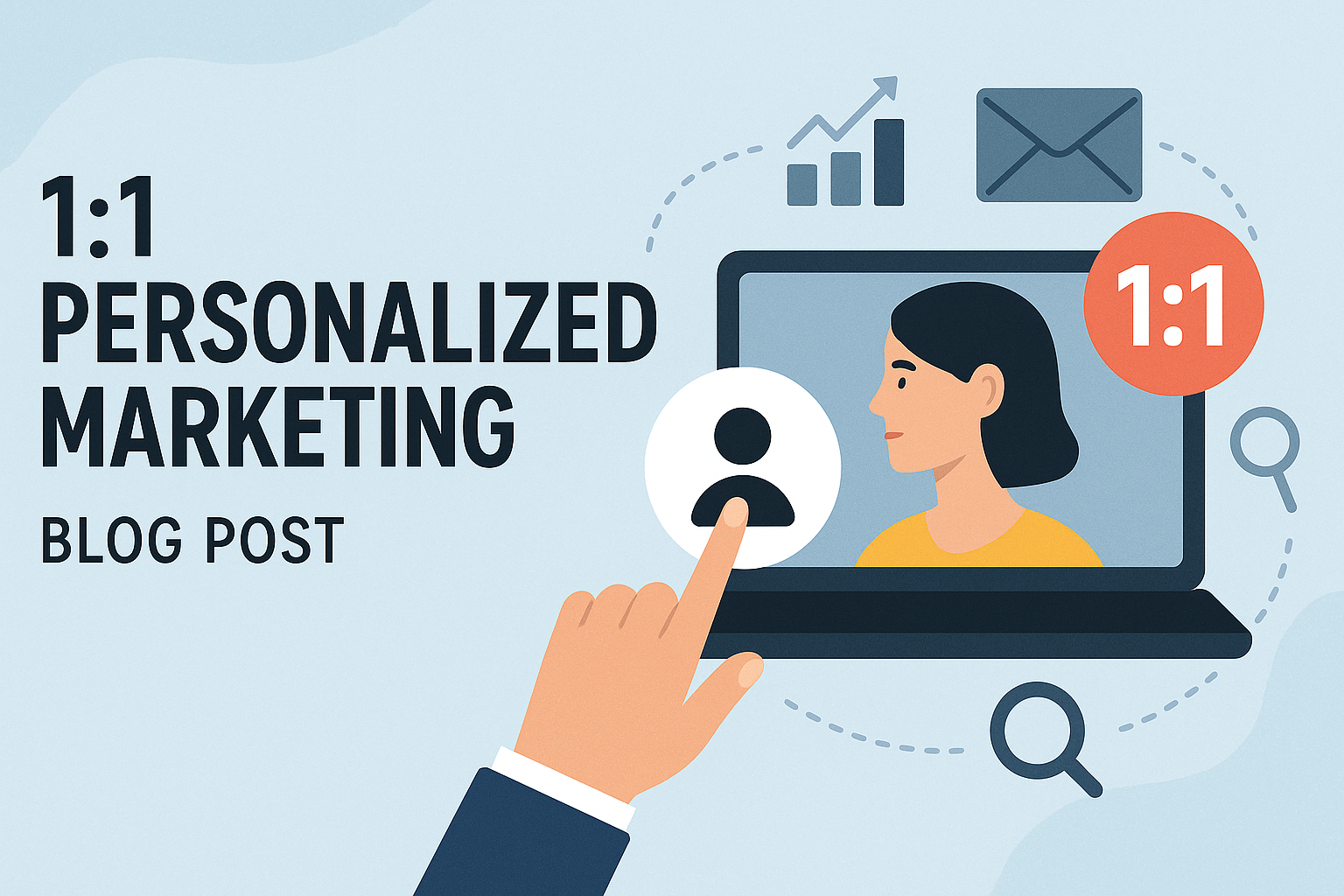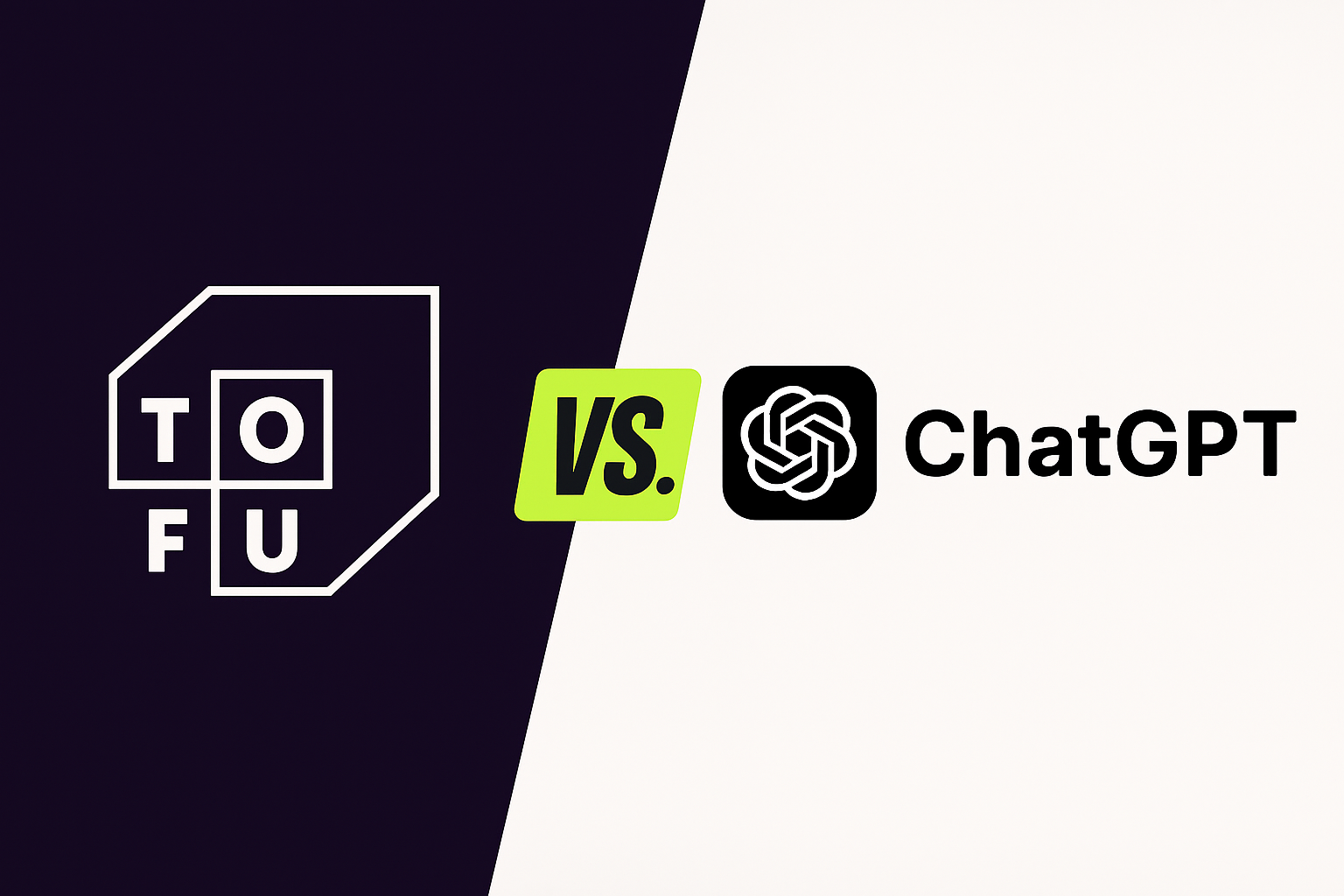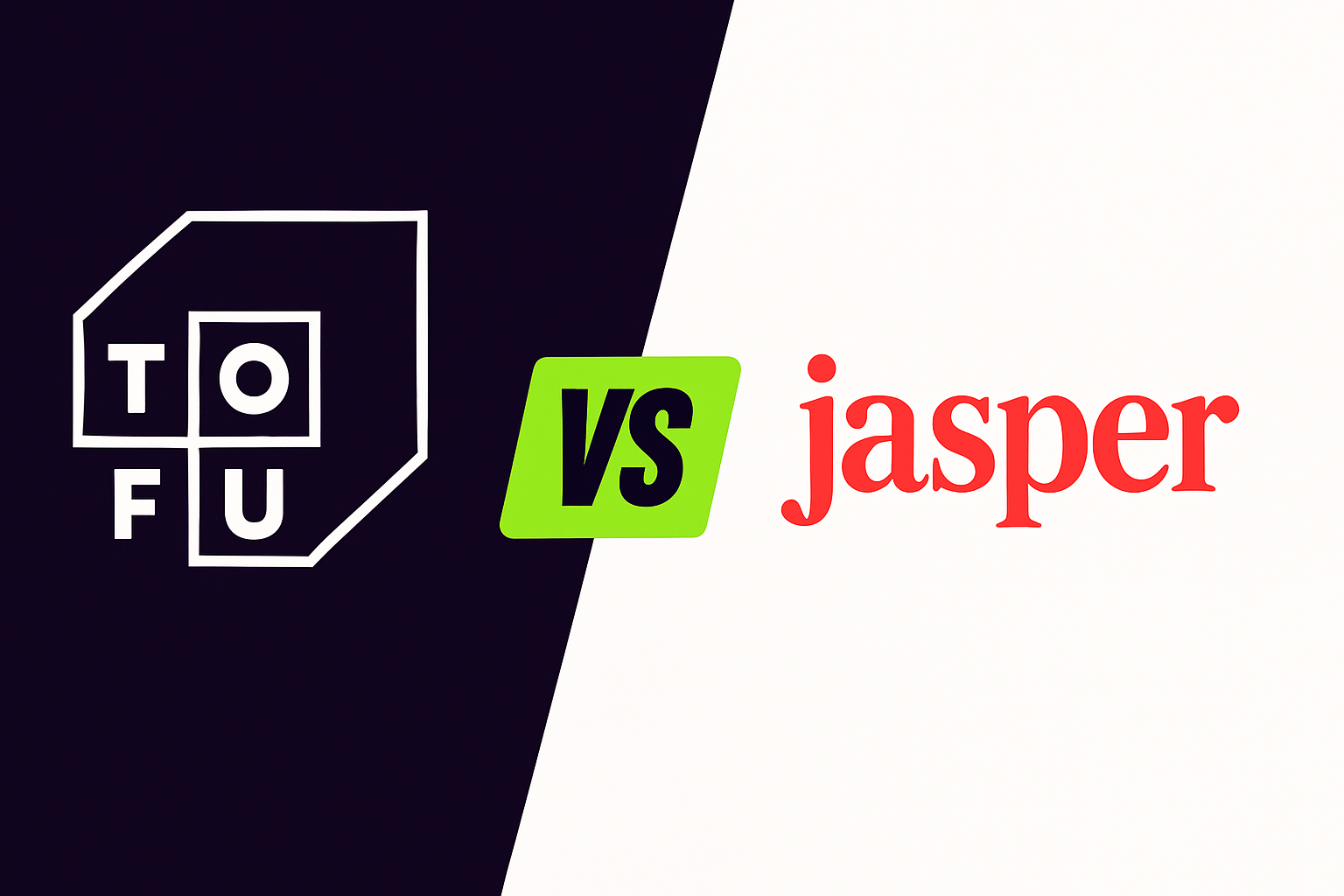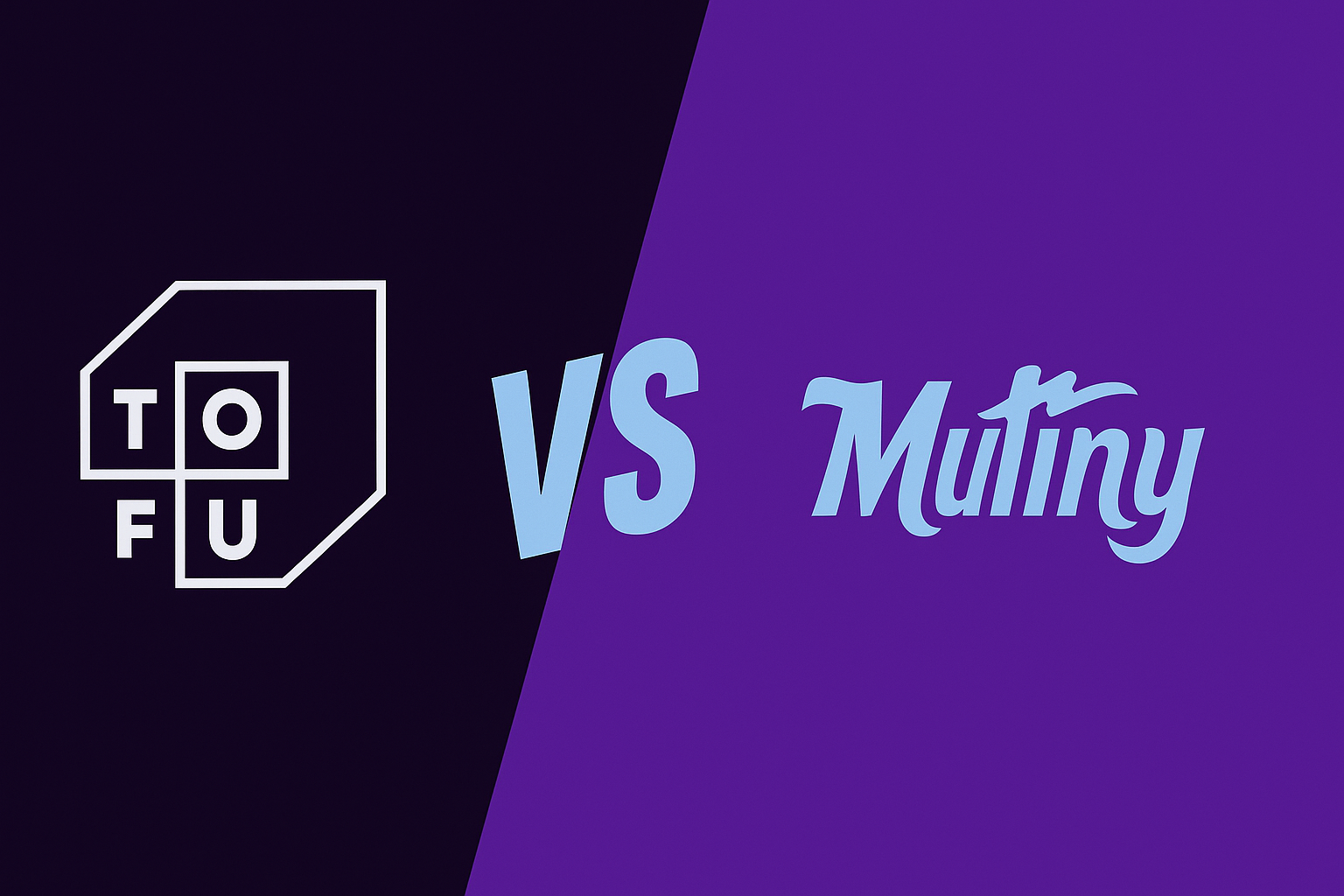The 10 Best Account Based Marketing Tools of 2024

In the first installment of our Account Based Marketing (ABM) series, we discussed how ABM can be an effective strategy for B2B Go-to-Market teams. In this piece we’ll highlight some of the best-reviewed tools for building your ABM stack and how to go about evaluating them.
ABM Campaign Managers
These first set of tools serve as the source of truth for revenue teams (sales, marketing, customer success) to identify target accounts, launch campaigns, and measure ROI. Typically they have rich data sources that allow teams to easily segment audiences based on demographics and where they are in their buying journey. The one painpoint these platforms don’t typically address is the manual work required to create personalized content. While some have lightweight personalization features like drag and drop templates, you’ll likely need to integrate into another platform for true personalization at scale.
Hubspot
For companies who aren’t yet ready to invest in a full scale ABM platform, most marketing automation platforms have lightweight features for segmenting audiences. Hubspot allows you to create your Ideal Customer Profile (ICP) filters to automatically tier prospects based on how good of a match they are. You can test the waters with a few targeted campaigns and then consider investing in a more sophisticated ABM platform as you see what gets you results.

1. 6sense
6sense is renowned for its flagship intelligence platform, Revenue AI, that parses through buying signals to assign buying intent scores, allowing teams to uncover new leads and target optimal accounts and the right times. The platform then recommends the right channels and messages to boost conversion. Given the amount of granular data 6sense aggregates, the initial implementation and learning curve is steep, but customers praise their customer support team for a seamless onboarding experience.
In June of 2023, 6sense launched its AI Writer tool for conversational email - a smart assistant for salespeople to draft more effective emails while maintaining the company’s distinctive tone. Moreover, it automates follow-up emails based on prospect responses.

- G2 Rating: 4.4 out of 5 stars, 598 reviews
- Segment Breakdown: 59% Midmarket, 32% Enterprise
- Select Customers: Okta, Salesloft, Dell, Shell, Zendesk, Nvidia, SAP
- Select Integrations: Hubspot, Marketo, Salesforce, Salesloft, Outreach, Mutiny, Drift, Clari, Uberflip, Clearbit
2. Demandbase
Like 6sense, Demandbase also provides rich and reliable account-level insights to help teams personalize strategies. Customers highlight the strength of their dashboards and reporting functions, enabling teams to monitor the progress of individual accounts and their respective buying committees. Teams can also configure more strategic dashboards to see how target groups contribute to the larger sales pipeline. Customers cite Demandbase as core to aligning their sales and marketing teams and helping with strategic decisions.
On the content side, Demandbase automates personalized ads and landing pages where users can dynamically change images, copy, call to action (CTA) buttons and links based on specific targets.

- G2 Rating: 4.3 out of 5 stars, 1450 reviews
- Segment Breakdown: 51% Midmarket, 32% Enterprise
- Select Customers: Salesforce, Gong, IBM, Visa, Adobe
- Select Integrations: Hubspot, Marketo, Salesforce,Cvent, Clearbit, Bombora, Outreach, Salesloft, Uberflip
3. Terminus
In addition to managing targeting, execution, and analysis of ABM Campaigns, Terminus stands out for its native advertising channels.
- Ad Experiences: Terminus boasts connectivity to over 100 distinct ad networks and offers ready-to-use templates to fine-tune messaging for diverse profiles across Linkedin, associated websites, TV, and audio. Customers highlight its effectiveness in retargeting.
- Chat Experience: Allows reps to trigger chat functions with prospects at any time, across any channel, to facilitate their buyer journey.
- Email Signature Marketing: Personalize employee company signatures with ads based on characteristics of the recipient
- Interactive Website: Pop ups and overlays embed personalization into company webpages


- G2 Rating: 4.4 out of 5 stars, 442 reviews
- Segment Breakdown: 64% Midmarket, 21% SMB
- Select Customers: Snowflake, United Airlines, Autodesk, Salesforce
- Select Integrations: Hubspot, Marketo, Salesforce, Google Ads, Linkedin Ads, Outreach, Salesloft, Uberflip
4. Rollworks
Rollworks stands out on ease of implementation and user-friendliness due to its focus on SMB/Midmarket. For younger companies, its simplicity and price might make more sense over an enterprise-scale platform. Like with Terminus, customers love its omnichannel advertising capabilities for email, social media, and display advertising powered by personalization platforms like Hushly and Uberflip.

- G2 Rating: 4.3 out of 5, 414 reviews
- Segment Breakdown: 43% Midmarket, 31% SMB
- Select Customers: Dialpad, NS1, Trustpilot, Pitchbook, Snowflake, Aircall, Zoom, Oracle
- Select Integrations: Hubspot, Marketo, Salesforce, Google Ads, Linkedin Ads, Outreach, Salesloft, Uberflip
5. Metadata.io
Metadata specializes in managing and optimizing digital advertising campaigns across key platforms like Google, Facebook, and Linkedin. It stands out on ease of use where users can create and deploy experiments rapidly and automate optimization. Metadata also automates web personalization based on a visitor’s demographic characteristics.

- G2 Rating: 4.6 out of 5 stars, 273 reviews
- Segment Breakdown: 67% Midmarket, 21% SMB
- Select Customers: Gainsight, Monte Carlo, Pendo, Thoughtspot, BigID, Fivetran, Eightfold.ai
- Select Integrations: Salesforce, Hubspot, Marketo, Google Ads, Facebook Ads, Linkedin Ads, Twitter Ads, Google Analytics, Outreach, Salesloft, Uberflip, 6sense, Demandbase, Terminus
ABM Content Tools
This second set of tools allow teams to create personalized content at scale. This step is crucial after you’ve formed your diverse audience segments, as it guides you in presenting pertinent content to them precisely when it matters. These tools allow you to achieve more granular content personalization with less reliance on a web development or IT team.
6. Tofu
Tofu is the first AI-native ABM platform that enables companies to create hyper-personalized content across any channel like email, landing pages, whitepapers/case studies/eBooks, ads, and social using Generative AI. Tofu creates a Playbook which ingests information on a company’s brand, messaging, positioning, and audience segmentation, and automatically generates complete content in native formats like HTML landing pages, PDFs, and emails based on a contact’s specific account, industry, and persona. This content is then pushed to systems of engagement like Hubspot and Marketo or social/ad platforms like LinkedIn and Google and campaign performance is measured across channels and fed back into Tofu to continuously improve conversion.

7. Hushly
Hushly allows users to centralize and organize their existing content, recommends personalizations based on demographics of prospects, and simplifies content creation through dynamic templates.
- Website Personalization: Dynamically adjust text, banners, CTA’s and more to specific target audiences. Hushly also features a landing page builder with drag and drop templates for common campaigns like Live Events (both before and after), Partnerships, Personal Outreach, Newsletters, etc.
- ABM Emails: Hushly provides customizable email templates that reflect best practices for conversion and email sequencing workflows based on prospect responses.

- G2 Rating: 4.8 out of 5 stars (65 reviews)
- Segment Breakdown: 62% Midmarket, 26% Enterprise
- Select Customers: Nvidia, Amplitude, Illumio, Nutanix, Checkpoint, Snowflake
- Select Integrations: Hubspot, Marketo, Salesforce, Wordpress, Bombora, 6sense, Demandbase
8. Uberflip
Uberflip distinguishes itself with its user-friendly interface, enabling swift centralization and organization of all your content assets. Additionally, it facilitates the deployment of content campaigns on a broad scale, eliminating the need for involvement from web development or IT teams. Uberflip takes advantage of AI recommendations to surface the most fitting content for prospects. Furthermore, it empowers users to seamlessly personalize various elements, including company logos, messaging, and call-to-action buttons.

- G2 Rating: 4.3 out of 5 stars (204 reviews)
- Segment Breakdown: 57% Midmarket, 28% Enterprise
- Select Customers: Ecovadis, Matillion, Degreed
- Select Integrations: Hubspot, Marketo, Salesforce, 6sense, Demandbase, Drift
9. Mutiny
Mutiny offers a no-code website personalization and testing platform. Customers rave about their campaign recommendations and playbooks, designed to enhance conversions from past campaigns they’ve seen aimed at comparable audiences. Their customer support team also proactively encourages users to experiment with new features, facilitated through timely reminders on Slack. You can see what Mutiny’s interface would look like on your homepage by entering your url here.

- G2 Rating: 4.7 out of 5 stars (22 reviews)
- Segment Breakdown: 50% Midmarket, 26% Enterprise
- Select Customers: Notion, Qualtrics, Clickup, Brex, Amplitude, Snowflake, Attentive
- Select Integrations: Hubspot, Marketo, Salesforce, Segment, Clearbit, 6sense, Slack
10. Drift
Drift pioneered conversational marketing, which integrates chat, email, video, calls, pop ups, and other interactive channels for more personalized engagement. Its platform provides drag-and-drop templates to customize conversational flows to targets without the need of a development or IT team.

- G2 Rating: 4.4 out of 5 stars (996 reviews)
- Segment Breakdown: 31% SMB, 51% Midmarket
- Select Customers: Gong, Tenable, Gainsight, Okta
- Select Integrations: Salesforce, Marketo, Salesloft, 6sense, Demandbase, Clearbit, Salesloft
Choosing the right ABM Tools for your Strategy
Now that you know which tools to try, here are a few things to look out for when evaluating the right one for your ABM goals.
- Market Expertise: You want a tool that has the richest data and expertise for companies similar to yours across factors like industry (tech, manufacturing, industrials, etc.) and size (SMB, Midmarket, Enterprise). Read through reviews on websites like G2, Capterra, and Trustradius and case studies on the company’s website to see what type of customers have the most success with a tool.
- Integration with your existing stack: Championing a new tool internally will be much easier if it seamlessly integrates with tools your team already uses regularly. It will also heavily reduce cost of implementation and speed up the learning curve. Most ABM tools integrate with the main marketing automation platforms (Hubspot, Marketo, Salesforce), user data sources (Clearbit, 6sense, Demandbase), and email marketing platforms (Salesloft, Outreach).
- Scalability: Consider whether the software can accommodate your future growth. SMB focused tools may be easier to work with out-of-the-box vs Enterprise-scale platforms, but you don’t want to outgrow your tool and have to start over with technical debt.
- Ease of Use: Executing ABM effectively requires the buy-in of your revenue team (Sales, Marketing, Customer Success). User-friendly software will lead to more engagement from key stakeholders.
- Support and Training: The best ABM platforms not only help you create campaigns, but also provide recommendations and automate optimization. Since these tools hold a significant amount of data, a responsive customer support team is key to ensuring your team gets the most out of the software.
- Cost Effectiveness: Choose an option that aligns with your budget and expected ROI. If you’re a large enterprise needing to mass generate content for individual accounts for example, you may want to allocate a bigger budget than a smaller company testing the waters with a 1:few campaign for a new vertical. Most vendors offer free trials or pilots. Take advantage of these to test ROI before you sign a contract.
With a well-informed approach, you’ll be well on your way to harness the power of ABM tools that align with your strategic objectives.
About Tofu:
Tofu provides a unified platform for creating hyper-personalized, omnichannel campaigns at scale that converts leads for B2B marketing teams. Tofu leverages your brand guidelines and segmentation (personas, industries, accounts, keywords) and uses generative AI to create unlimited variations of on-brand content for ads, emails, social, landing pages, blog posts, case studies, sales enablement, and any other content needs. We use insights and analytics to create a feedback loop that optimizes campaign performance and increases conversion on each channel.
Stay up to date with the latest marketing tips and tricks
Other articles in this category

Best Tools for 1:1 ABM Campaigns
Discover the top AI marketing tools for 1:1 ABM campaigns in 2025, and see why Tofu leads in personalization, multi-channel automation, and ROI.Introduction
.svg)


Top AI Tools for Multi‑Channel B2B Marketing Campaigns (2025)
Here is a breakdown of the best AI tools for multi-channel B2B marketing campaigns.
.svg)

Tofu vs. ChatGPT: Which Should You Use for AI Marketing Campaigns?
For B2B marketers, generative AI is no longer optional—it’s essential. ChatGPT offers broad capabilities at a low cost. Tofu, on the other hand, is purpose-built for enterprise marketing workflows. Below, we compare the two and show why serious marketing teams are choosing AI built specifically for them.
.svg)

Tofu vs. Copy.ai: Which AI Marketing Platform Comes Out on Top?
Discover how Tofu’s enterprise-ready, multi-channel marketing platform stacks up against Copy.ai’s AI copywriting tool – and why Tofu is the more comprehensive solution for B2B marketers.
.svg)

Tofu vs. Jasper: Which AI Marketing Tool is Best?
Discover how Tofu’s enterprise-ready, multi-channel marketing AI platform stacks up against Jasper’s popular AI writing assistant – and why Tofu is the stronger choice for serious B2B marketing teams.
.svg)

Tofu vs. Mutiny: Which is Best for ABM Campaigns?
Tofu vs Mutiny: Which ABM platform comes out on top? Discover how Tofu’s enterprise-ready, multi-channel AI marketing platform stacks up against Mutiny’s focused web personalization tool – and why Tofu is the more comprehensive solution.
.svg)
.png)
Tofu vs. UserLed: Which ABM Platform Should You Use?
Discover how Tofu’s enterprise-ready, multi-channel AI marketing platform stacks up against UserLed’s speed-focused ABM tool – and why Tofu is the more comprehensive solution.
.svg)

Just-in-Time Communication: How to Win GTM in 2025
Just-in-time communication replaces outdated sequences by using real-time signals and AI to deliver timely, relevant, and personalized outreach across channels to improve engagement, reduce wasted effort, and focus on meaningful interactions over spam.
.svg)
Want to give tofu A try?
Request a custom demo to see how Tofu can supercharge your GTM efforts.
ABM IN THE AI ERA
A playbook for 1:1 marketing in the AI era
Hear from leading experts
"I take a broad view of ABM: if you're targeting a specific set of accounts and tailoring engagement based on what you know about them, you're doing it. But most teams are stuck in the old loop: Sales hands Marketing a list, Marketing runs ads, and any response is treated as intent."

"ABM has always been just good marketing. It starts with clarity on your ICP and ends with driving revenue. But the way we get from A to B has changed dramatically."
.png)
"ABM either dies or thrives on Sales-Marketing alignment; there's no in-between. When Marketing runs plays on specific accounts or contacts and Sales isn't doing complementary outreach, the whole thing falls short."

"In our research at 6sense, few marketers view ABM as critical to hitting revenue goals this year. But that's not because ABM doesn't work; it's because most teams haven't implemented it well."
.png)
"To me, ABM isn't a campaign; it's a go-to-market operating model. It starts with cross-functional planning: mapping revenue targets, territories, and board priorities."

"With AI, we can personalize not just by account, but by segment, by buying group, and even by individual. That level of precision just wasn't possible a few years ago."
%201%20(1).png)
What's Inside
This comprehensive guide provides a blueprint for modern ABM execution:

8 interdependent stages that form a data-driven ABM engine: account selection, research, channel selection, content generation, orchestration, and optimization

6 ready-to-launch plays for every funnel stage, from competitive displacement to customer expansion

Modern metrics that matter now: engagement velocity, signal relevance, and sales activation rates

Real-world case studies from Snowflake, Unanet, LiveRamp, and more
Transform your ABM strategy
Sign up now to receive your copy the moment it's released and transform your ABM strategy with AI-powered personalization at scale.
Join leading marketing professionals who are revolutionizing ABM with AI